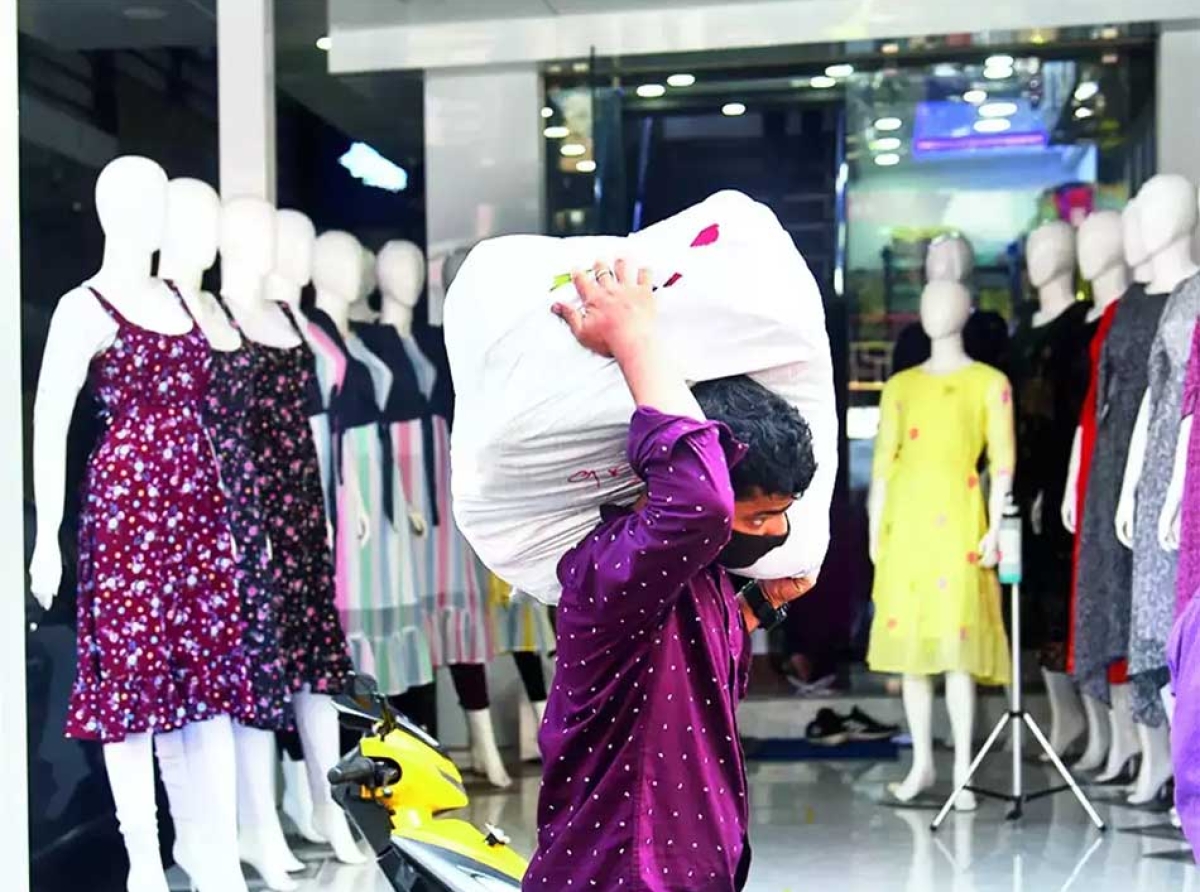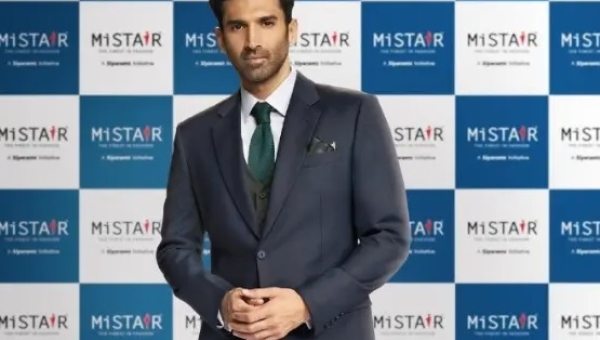Sudhir Sekhri, Chairman of the Apparel Export Promotion Council (AEPC), has expressed grave concern over the escalating civil unrest in Bangladesh, highlighting its potential to disrupt the global apparel supply chain.
Sekhri stated that fast fashion buyers, facing mounting pressure, are compelled to divert orders away from Bangladesh in the short term. However, India, despite its potential, is unable to capitalize on this opportunity due to stringent import policies on man-made fabrics. This, he emphasized, restricts the country's ability to fulfill orders requiring specific materials sourced from China, Korea, and Europe.
Long-Term Implications and India's Opportunity
The AEPC chief further predicted a long-term shift in buyer sentiment away from over-reliance on Bangladesh, a trend already in motion due to capacity constraints. The current crisis is expected to accelerate this process.
India, Sekhri noted, can position itself as a viable alternative but only if it expands its manufacturing capabilities. Nevertheless, he stressed the crucial need for policy reforms to liberalize imports of man-made fabrics, trims, and accessories. Such a move, he argued, is essential to attract and retain global apparel brands.




